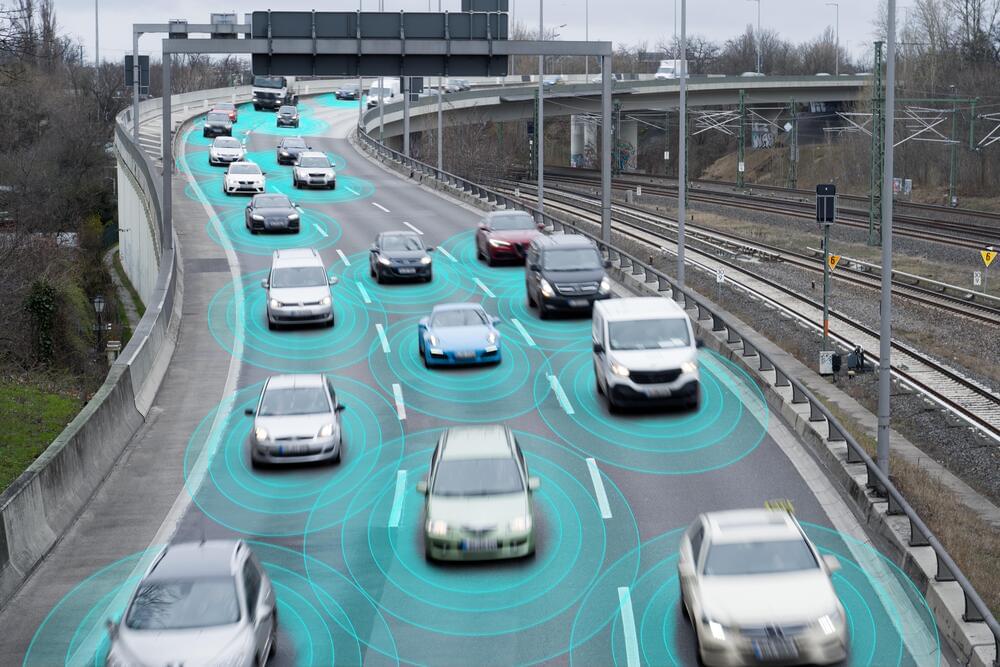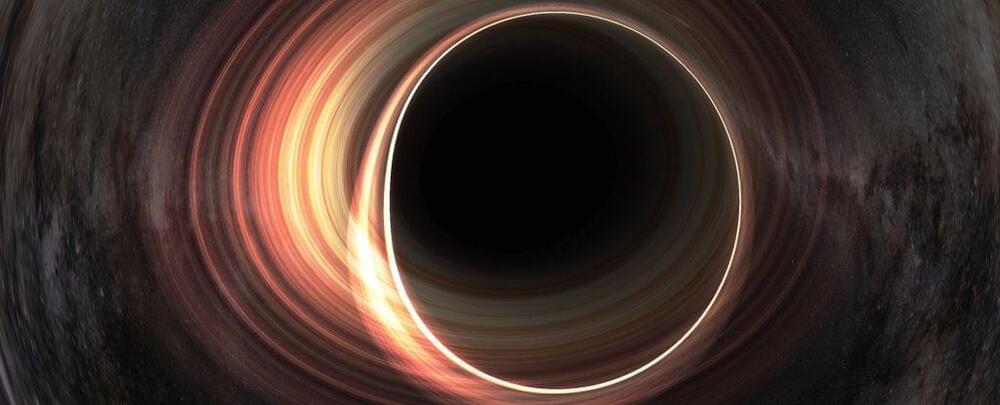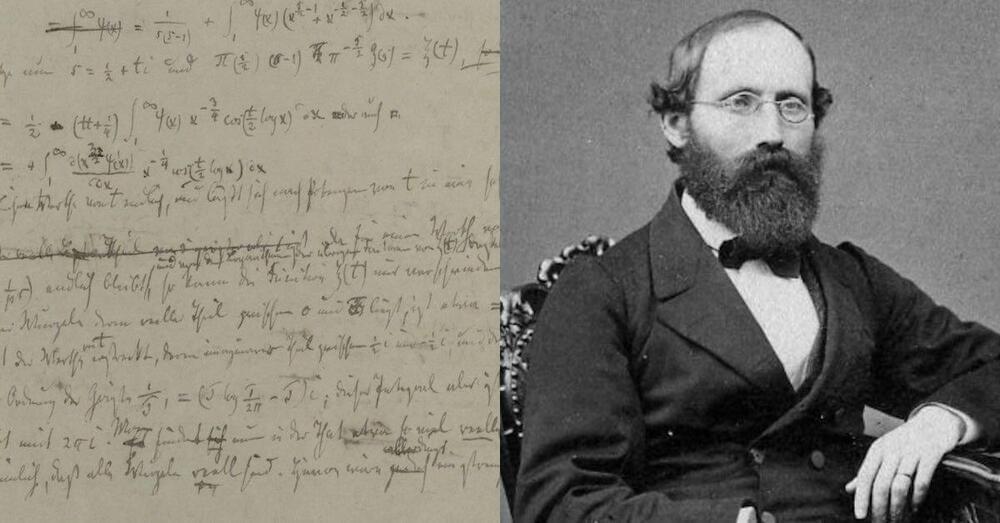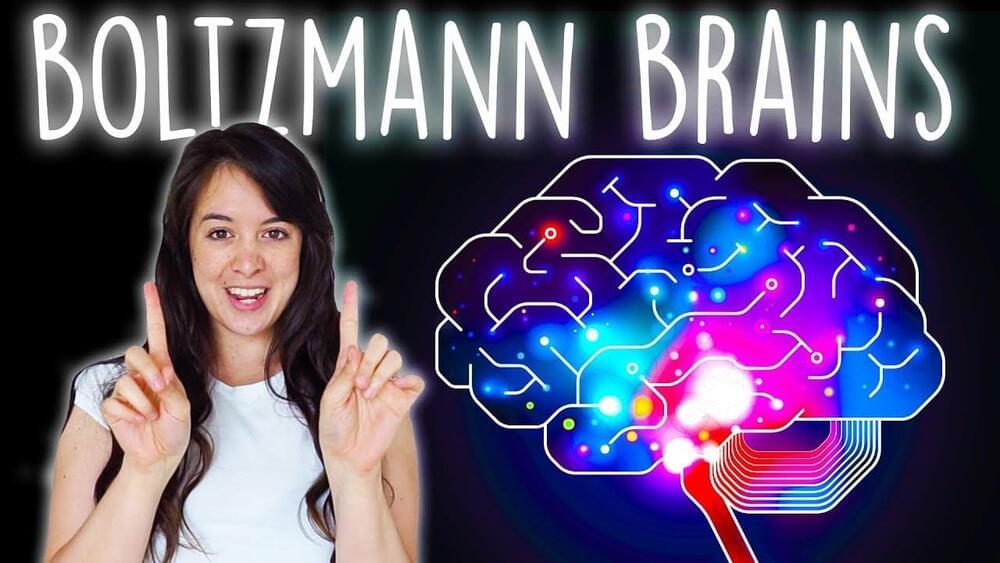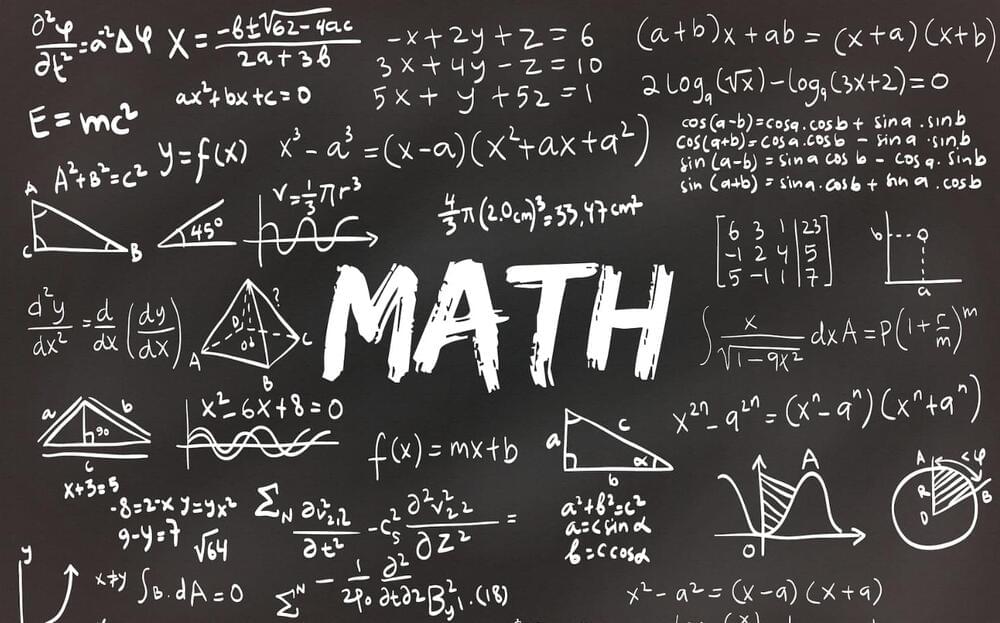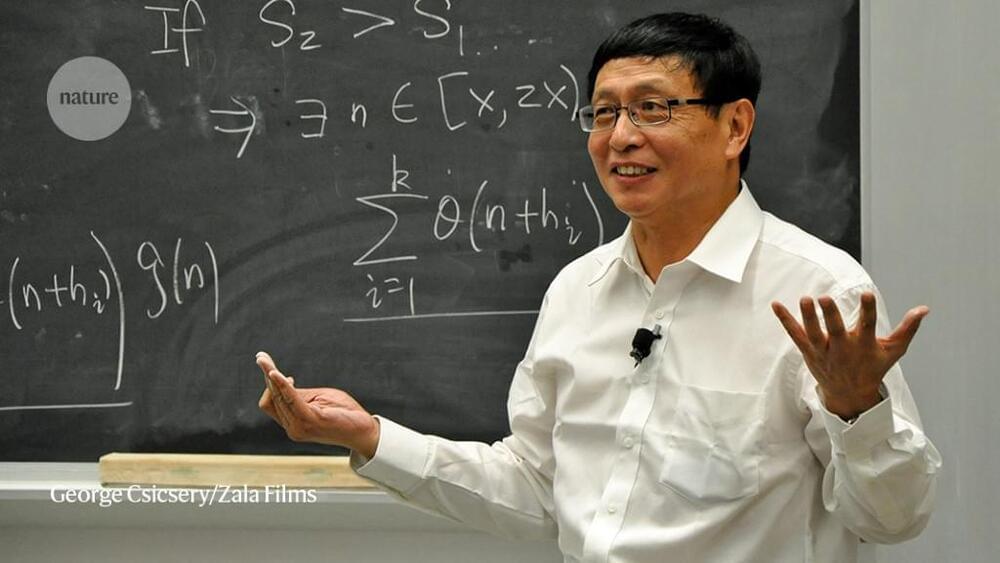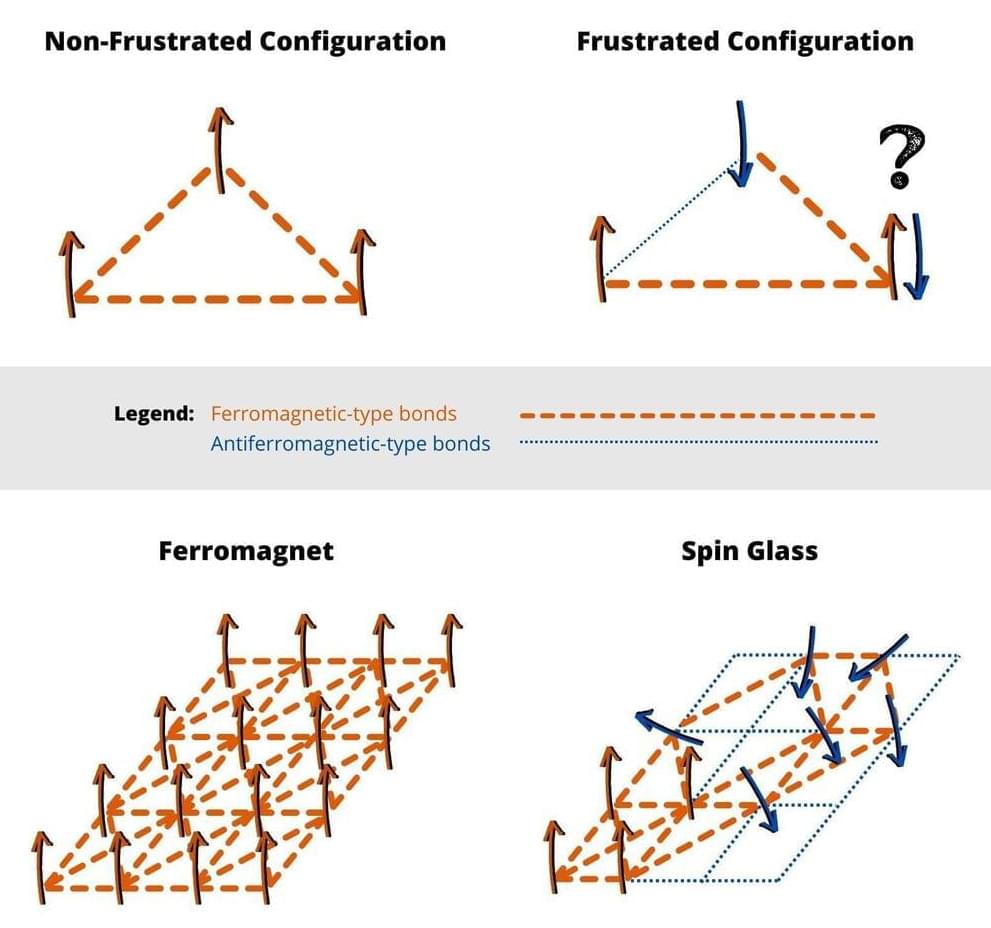Nov 16, 2022
Sci-fi or reality? Scientists may know how to pinpoint wormholes in space
Posted by Gemechu Taye in categories: cosmology, mathematics, space travel
Are we soon going to be traveling enormous distances via wormholes?
A team of scientists from the University of Sofia in Bulgaria believes they have discovered a new method for detecting wormholes — though they still only exist in theory.
Wormholes are theorized shortcuts through space and time. Sci-fi depictions traditionally show a spacecraft traveling through a wormhole, or creating one, to traverse immense distances to far-off regions of the universe in a short amount of time.
Continue reading “Sci-fi or reality? Scientists may know how to pinpoint wormholes in space” »

